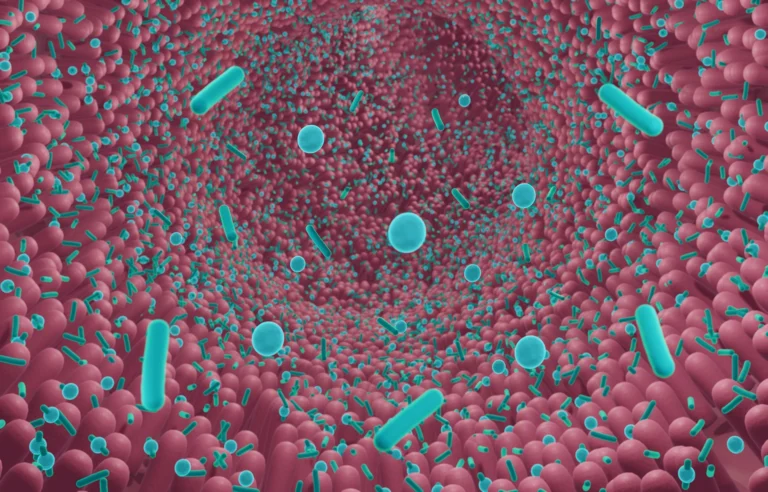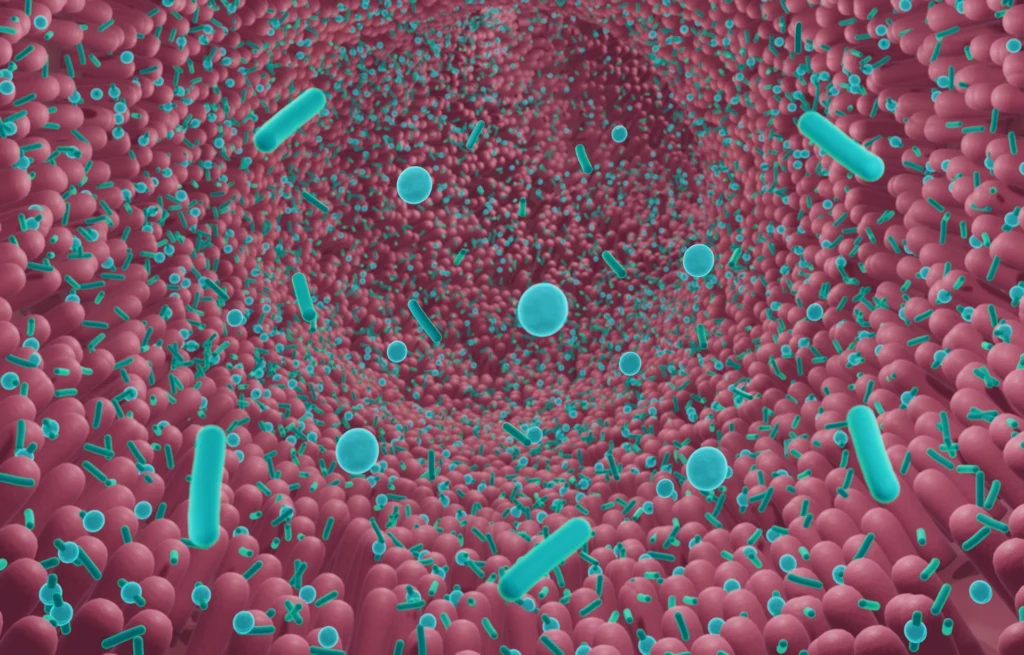A Satellite for your Microbiota
By
Hongbo Danny Zhu

Artificial Intelligence has come a long way in the last few years, evolving from conversations with ChatGPT into various platforms that can generate artistic content and analyze data. As AI progresses, could it even serve as a healthcare advisor?
Imagine the gut microbiome as a dense city. There are trillions of bacterial inhabitants, each working hard to make our productive digestive system alive. While humans can use satellites and census to map urban areas and identify people, it’s not as easy to survey our microscopic city.
Firstly, traditional testing through stool can only reveal a sample of the bacterial composition, but not the bacteria’s “address.” The address is essential in understanding how neighboring microbes interact with each other and the immune system, creating or alleviating inflammatory diseases. Secondly, current analysis can only produce limited associations. As the microbiome network varies from person to person, general modeling of the bacteria biomarkers or interactions cannot be directly translated into personalized therapy. Compared to humans, AI seems omnipotent with machine learning, capable of simultaneously dissecting and weaving multiple data into a cohesive model.
These hordes of information— known as multi-omics data— include comparing DNA, RNA, and metabolites. By training a machine with past data and new graphs, it has the potential to detect hidden patterns or precursors to disease unseen by humans. For example, an algorithm was used to detect 4 microbial genes unique to colorectal cancer patients from a certain race.
To further investigate how a bacterial colony develops disease, scientists also isolate strains from an individual to be grown in vitro. Currently, traditional methods often overlook growth factors necessary for bacteria (such as nutrition or species interaction), creating variability. However, new machine learning models have been able to optimize such flaws by collecting thousands of data to predict bacteria growth. By combining AI results with further in vitro testing, the model would continuously update its findings until it reaches an acceptable accuracy threshold, capable of then interpreting thousands of new experiments. AI can further be used to track bacterial growth and determine harmful interactions between species, demonstrating skill in automation and delivering specialized healthcare for patients.
We are ever closer to mapping the true scale of the gut microbiome and its colossal role in managing our health. AI will be massively useful in tracking and mapping the gut microbiome, serving as an efficient “satellite.” It’s important to properly regulate it’s use as a tool to assist scientists in data collection, not to be exploited and overly relied on.
